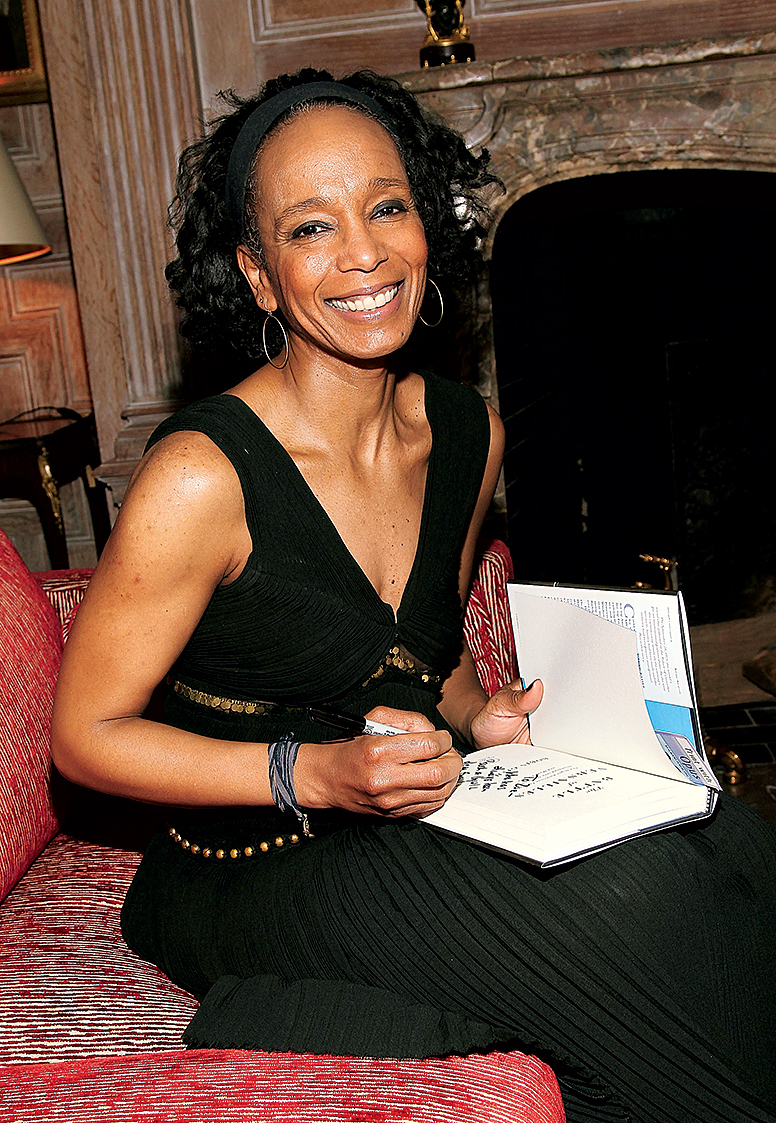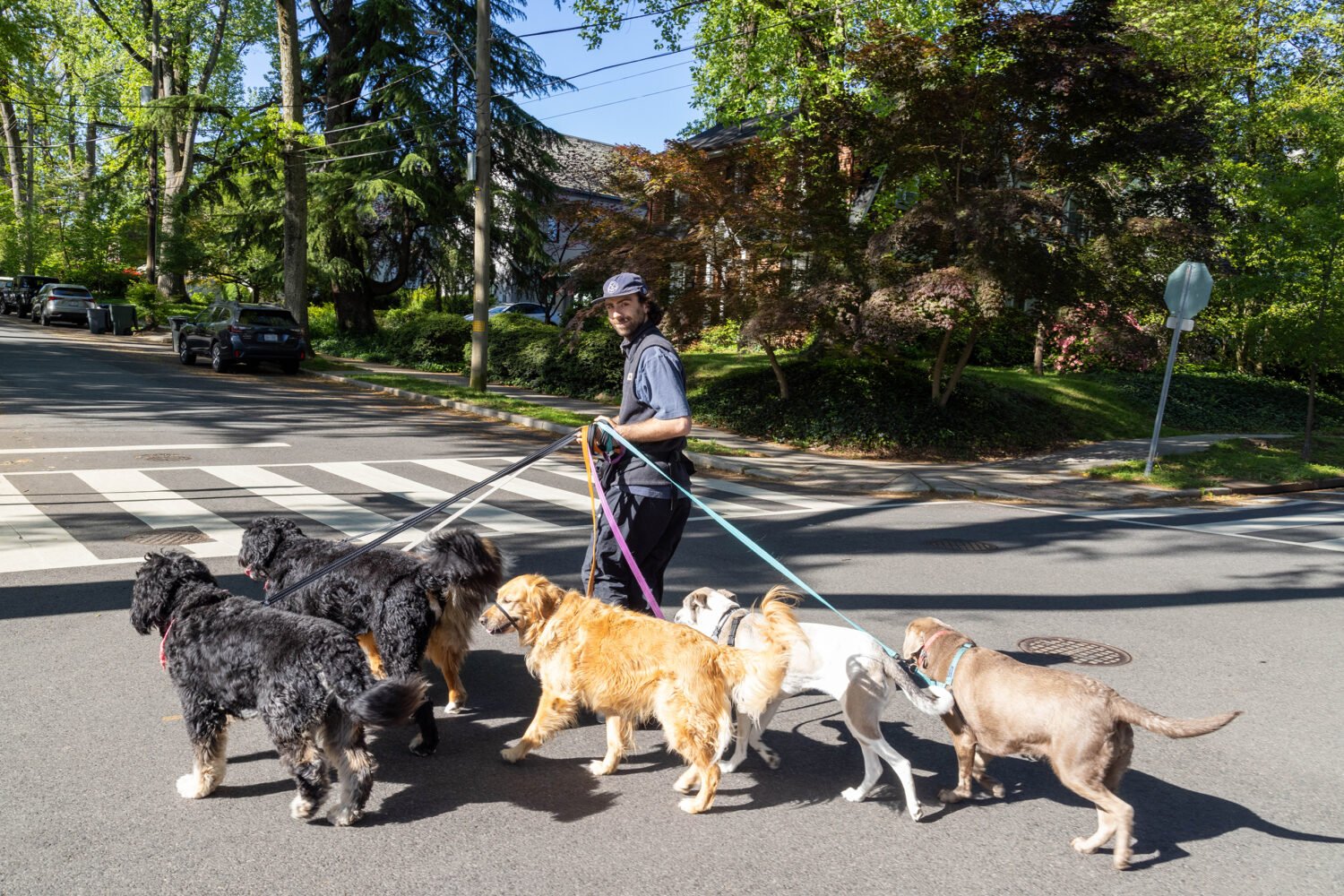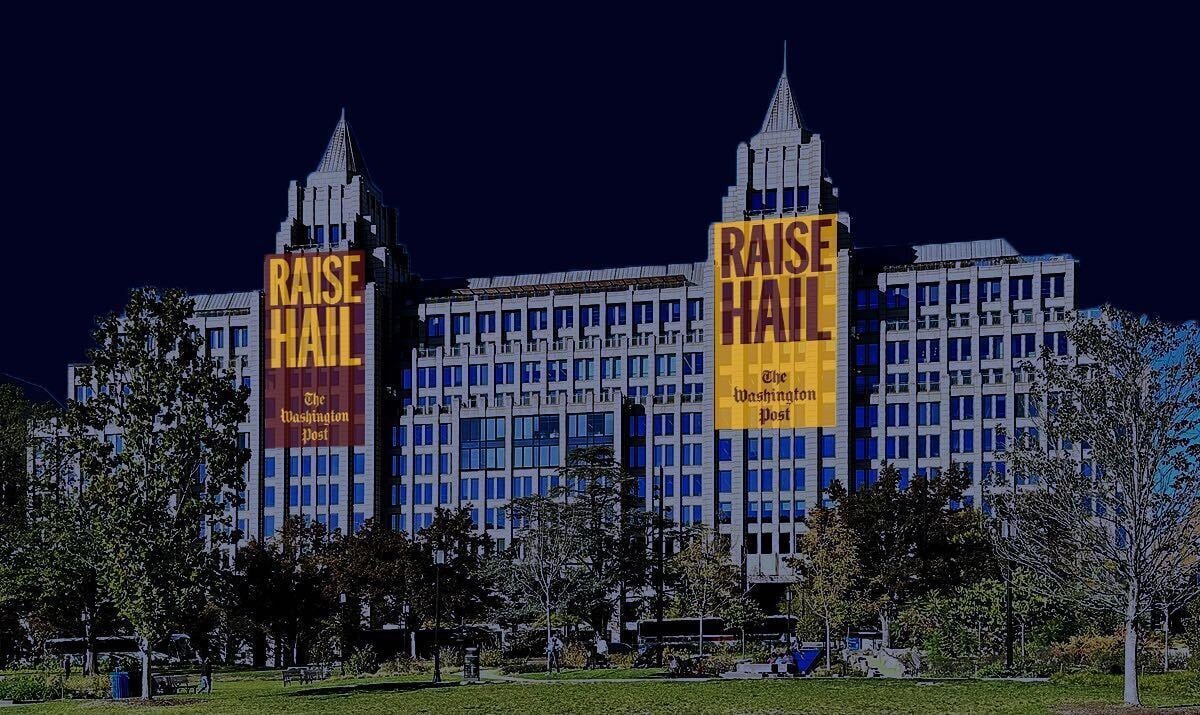For more than 20 years, Pulitzer Prize–winning Washington Post fashion critic Robin Givhan has documented the sartorial choices of presidents and entertainers with an unmatched sharpness. She’s bounced back and forth between New York and DC but has lived in a NoMa apartment just north of H Street since 2009. We sat down to discuss her love of Masseria, her neighborhood’s style, fashion in today’s politics—and her dog.
What was the neighborhood like when you moved there?
There was an empty lot next door that several artists had just sort of commandeered. Every other week, I’d look out the window and there’d be some random guerrilla art installation, which was very cool. Then on the other corner, there was this really weird liquor store that was completely encased in bulletproof glass. I remember going over there once because my friend wanted to buy a lottery ticket, and I said to the guy behind the counter, “You know, your business would be much more inviting if you took down this bulletproof glass.” He just glared at me like, “You don’t know what I’ve dealt with.”
How has the NoMa/Union Market area changed over the last decade?
I mean, what time is it? It changes constantly. To me, I feel like it’s changing for the better just because there are so many more amenities that are very walkable. I enjoy being able to drive my granny cart down to the Whole Foods. My dog took puppy manners classes at Spot On training, which is great.
It has this balance of nice apartments and a sense of luxury and calm but also the old warehouses and a sense that this was a working, hands-on neighborhood. Part of what makes Union Market so compelling is not that it’s this fancy market plopped in the middle of nowhere but that it’s this market in the middle of a historic area that was and is a working market.
What are some of your favorite restaurants and shops in the area?
Whenever I’m on the hunt for a random present for someone, I go to Salt & Sundry. I love the bakery Pluma and the businesses that have opened around Union Market. Masseria is just spectacular. It’s so gorgeous, and the food is so amazing. If I had a bottomless pit of a wallet, I would go to Masseria for dinner every night.
What are your thoughts on fashion in NoMa/Union Market as opposed to, say, downtown near the Post?
It’s definitely more relaxed and individualistic because it’s more residential. You’re seeing people when they’re in their downtime. There are a lot of shared workspaces, particularly in the REI building—it’s just a lot less suit-and-tie. But there are some very cool-looking people wandering around the streets. At one point, I was walking along and saw this guy who was wearing these leggings and multiple layers of tunics and a pullover, and he had these long dreads. I was like, “Oh, my God—you’re so insanely cool.”
Where do you go to hang with your dog?
Swampoodle Park just opened, and Oscar is a founding pup. I’m still mourning the departure of Metro Mutts [on H Street]. Metro Mutts was the little pet store that Spot On training worked out of, and then they closed. The arrival of Petco and the demise of Metro Mutts—I’m not going to link them, but I will say they overlapped. A lot of dogs still go past that building and slow down, sniff at it longingly. Oscar does that every time we go past there.
What do you say to people who think you shouldn’t write about the style of polarizing figures like Melania or Ivanka Trump?
I don’t think that writing about someone’s fashion is cheerleading for that person. I think writing critically about someone’s fashion, regardless of how you feel about their politics, hopefully helps you get a better, more nuanced understanding of the way in which that person moves through the world. I would never say that a dress or a tie or a suit reveals some profound truth about someone’s character or their integrity, because I don’t think that’s true. But I do think it tells you a lot about the kind of relationship they want to have with you.
The diversity of the new Congress has had everyone discussing the changing optics of politics. Your thoughts?
I think that first day, you definitely had this sense of a gauntlet being thrown down. That there was this declaration of presence. Of having arrived. It was really underscoring the diversity in that freshman class, particularly on the Democratic side. Whether it’s anything but optics, we’ll know down the road. It’s important to be cautious in letting the optics of diversity and the powerful imagery substitute for substance. I firmly believe that fashion is not superficial, but fashion is only the introduction. It’s the opening remark. It’s not the heart of the narrative.
This article appears in the March 2019 issue of Washingtonian.




















